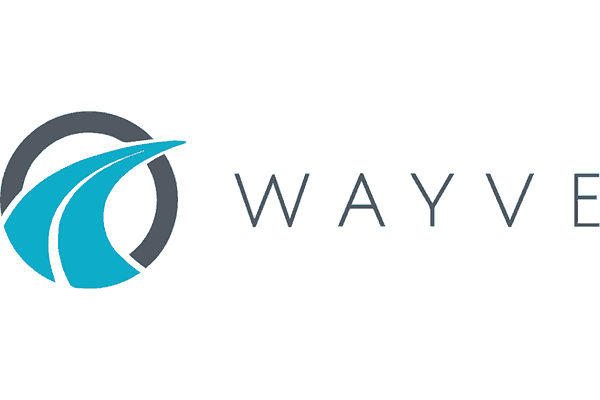Data centres rescue the quarter but not the year.
- Intel reported Q1 15A results in line with reduced expectations but guided well thanks to the continued strength of the data centre.
- Q1 15A revenues / EPS were $12.8bn / $0.41 which was exactly in line with consensus given the profit warning given earlier in the quarter.
- As usual, the problem was the PC market but in this instance it was not the consumer but the small and mid-size businesses that bought fewer PCs than expected.
- Last year, the ending of support by Microsoft for Windows XP drove many business to upgrade their PCs to Windows 7.
- This trend drove the PC market to recover slightly in 2014A but the trend has ended more quickly than expected.
- To keep the momentum going a pick-up in the laptop replacement cycle was needed which is something that I think can only be driven by tablet PCs. (see here).
- Without this pick-up in the laptop replacement cycle, the result is a weaker than expected market.
- I expect that this scenario will persist until users begin to understand how much better the use case for a tablet PC is over a laptop and make the switch.
- Unfortunately, these advantages are not obvious and until Intel and Microsoft get their act together and start explaining the proposition, users are unlikely to bite.
- The good news is the data centre where demand has been stronger than expected allowing Intel to guide better than feared.
- Q2 15E revenues will be $12.7bn – $13.7bn ($13.2bn) which is slightly behind consensus of $13.5bn but clearly the market was braced for much worse following the profit warning in Q1 15A.
- Intel also moved to account for weaker expectations overall for the PC market in 2015E by reducing its full year revenue forecast from mid-single digit revenue growth to approximately flat.
- This puts an end to any hopes of revenue growth and moves Intel into line with RFM forecasts which is forecasting a decline of 1.3% to 311.8m units in 2015E.
- Profitability remained strong as the mix shift towards the data centre is helping gross margins remain in the low 60s.
- That being said, Intel is taking a more cautious stance to 2015E and is trimming capex and share buy backs to reflect its expectation that cash flow will be lower than originally budgeted.
- Intel’s mobile business is on track to lose $3.2bn this year which is $800m less than last year but represents a huge investment.
- Intel is effectively paying companies to make devices that use its chips and still none of these have gained any real traction in the market.
- With every quarter that passes, Intel’s challenge to ARM in the mobile market weakens and throwing good money after bad is not helping.
- Consequently, I do not see Intel mounting a credible challenge to ARM in the mobile market but at the same time ARM’s forays into PCs and servers have also not been successful.
- Intel and Microsoft would be my top choices for ways to play a recovery in the PC market but for another year it looks like my hopes will be dashed.
- In the long term, Microsoft and Google remain the best ways to play the digital ecosystem.









Blog Comments
Tim Nash
April 15, 2015 at 2:50 pm
Many small businesses have much to gain from mobile and are therefore less likely to buy PCs in the future. Their suppliers can email invoices, which can be forwarded to whoever does their accounts, along with any additional expenses. They can email estimates to customers who can review them on their phones etc, with any photos and visuals attached, and backups will be in the cloud. Many more small businesses in Asia etc are already run on phones and the owners are unlikely to ever see a need for a PC.
So I believe small businesses are unlikely to be a driver of PC sales going forward and Microsoft now recognises this. Intel still seems to believe that the superiority of x86 will drive sales when it could also make use of its production expertise and capture a profitable part of the ARM arena.